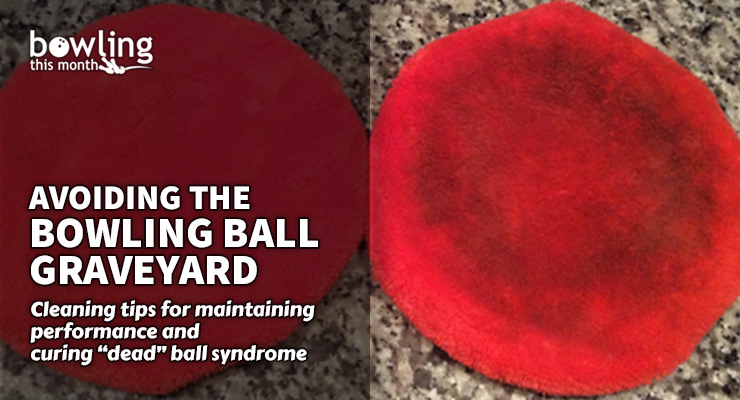Bowling balls are expensive. When they aren’t properly maintained, their performance can diminish quickly, due in part to the accumulation of oil, grease, and dirt in the coverstock.
Maintaining the surface cleanliness of your bowling balls can help them preserve their performance over time. New specifications enacted by the USBC may make ball surface cleanliness an even more important issue going forward for the competitive bowler. I will reference the relevant specification changes below, as well as include some cleaning recommendations for prolonging the lifespan of your high performance bowling ball arsenal.
Specification changes
Recently, the USBC issued new specifications. Two of their new specification changes increase the importance of regular and thorough surface cleaning of your bowling balls.
Oil absorption limit
A limit has been placed on coverstock oil absorption. A test that the USBC claims is reliable has been developed that will be verified by ball manufacturers over the next two years. Presently-manufactured and obsolete bowling balls are grandfathered in and are not subject to this specification. The USBC has stated that all balls presently on the market fall within the new specifications. This should relieve any pressure on manufacturers to abruptly change their manufacturing processes or formulations and allows bowlers to continue using the equipment they presently own. It is my belief that—once this test and specification are fully vetted with ball manufacturers—the USBC will ...
This article is only available to Bowling This Month subscribers. Click below to get instant access to this article and all of our other premium instructional content.
Subscribe to Bowling This Month
Already a Bowling This Month subscriber? Click here to log in.
